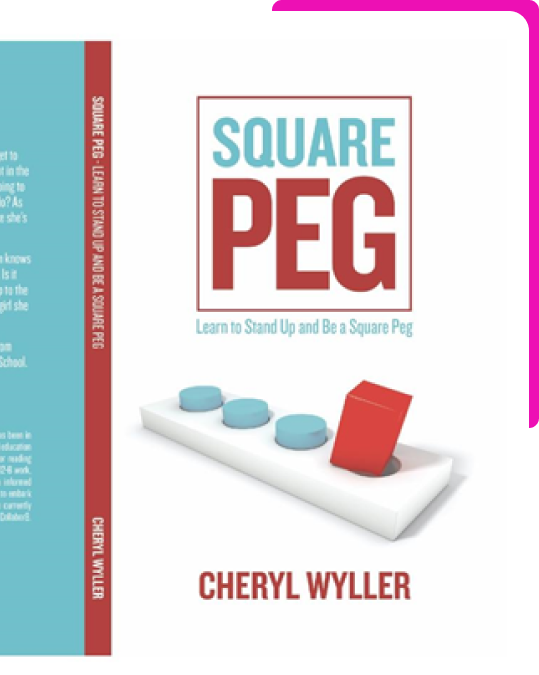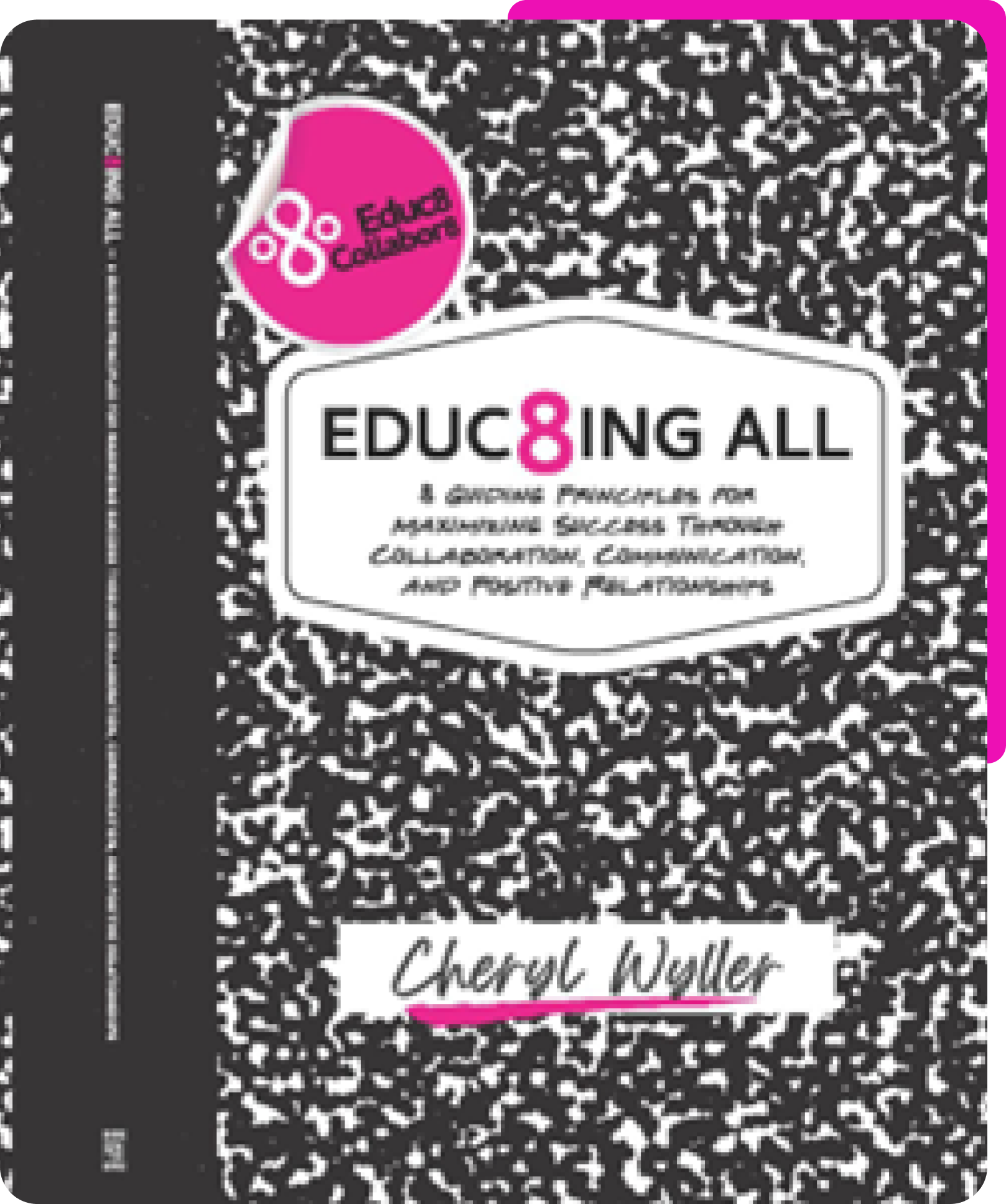Empowering You with Knowledge: Explore Our Resource Hub Today!
-Square Peg-
Square Peg is a resource that can be used in a variety of ways!
1. HOME / CHILD
a) Square Peg can be read at home where the child has time to process the topic and how it may affect them. They can fill out the reading comprehension questions and reflections to further engage in the book and increase their comprehension.
2. HOME / PARENT
a) As a child is reading Square Peg at home, the parent can be ensuring they are processing the topics in the book and using the book to engage in the conversations with their child.
b) They can also participate with the reading comprehension portion to engage in their learning. This will assist in knowing what it is the child understands well and where there is room for improvement.
3. SCHOOL / TEACHER
a) Square Peg would be great as a tool for reading in the classroom. It not only ensures that the topic is relevant, in has multiple ways to make sure the teacher has everything they need in one place. The reading comprehension question in the back of the book are broken down by reading comprehension type to maximize data collection.
b) There are spots to reflect and then have conversations on the social-emotional learning aspect. There is also examples and ideas of when and what to ask the student to monitor their comprehension.
c) No need to create lesson plans or have additional notebook for active reading and questions.
4. SCHOOL / ADMINISTRATION
a) Square Peg can be a school initiative to discuss social-emotional topics, with a focus on anti-bullying.
b) His book could also be used to encourage interaction with text and offer additional reading data.
c) This book can be used as a tool to CreateSpace, positive school culture and climate.
d) This book can also be used with students who are getting in trouble for bullying other students. It would be a rewarding lesson / consequence.
5. SCHOOL / ANTI-BULLYING INTIATIVE
a) Square Peg can be used as a tool in an anti-bullying initiative or to further support the anti-bullying programs already in place.
b) It can be used during all school silent readings.
c)This book can be used asa tool to create safe, positive school culture and climate.
6. COMMUNITY / HOMESCHOOL
a) Homeschool parents can use this in the same way as students/teacher in schools.
b) Homeschool parents could also use this as an opportunity to host book studies or book clubs with peers.
7. COMMUNITY / ANTI-BULLYING CAMPAIGN
a)All elementary / middle schools in a school district could be using the same text to have similar conversations and build a positive community
b) The book can be offered at libraries, then followed up with book readings, book clubs or even book signings.
c) Other community organizations can get involved with schools who are reading the book.

-Educating All-
1. SCHOOL / TEACHER
a) Educ8ing All can assist educators with some simple guidelines and ideas that are easy to implement in any role, class room or student support opportunity.
2. SCHOOL / ADMINISTRATION
a)Can use Educ8ing All as a resource to assist with positive culture and climate.
b) Can use Educ8ing All as a tool to encourage the importance of building relationships and communication in order to be successful, and most important, help the student to be most successful.
c) Offers a list of services that I Educ8Collabor8 can provide to any student, teacher, department, school or community.
3. ORGANIZATIONS
a) Organizations and business can use the main idea of the book to help ensure they are getting the most productivity as possible from their employees.
b) Offers a list of services that Educ8 Collabor8can provide to any department or organization.
-Reading Comprehension-
1. Factual:
Explicit questions, black and white questions, focus on obvious details that are in the text. First, identify the details. Second, remove irrelevant parts of the text.
2. Inferencing:
Implicit questions, harder than factual questions, need to understand a “hidden” or concealed meaning that is suggested. The information is not directly said or shared with the reader.
3. Sequencing:
Requires statement of the events in order. In the text; what happened first, it does not matter which event was first, second, and so on.
4. Predicting:
Us of ‘clues’ from the text combined with personal knowledge and experiences to anticipate what might happen next. The more that is read, the more information is gartered(then able to revise predictions).
5. Making Connections:
Deals with activating prior knowledge, focus on teaching to make connections between a text and their own experiences and understanding. Reading comprehension is enhanced when you are able to connect new information with prior knowledge and emotion.
6. Monitoring Comprehension:
When you reflect on and/or assess understanding while reading the text, active reading, active reading strategies, etc. Examples that help are rereading, taking notes in margin, and asking clarifying questions.
7. Visualization:
Can deepen understanding, asks to create and describe an image(s) in their mind: can be of a place, character, or event, using all 5 senses to help. This also helps with recall.
8. Summarizing:
What do you understand from the text, what are the most important ideas, a good summary includes the main idea and the key details that support the main idea.
9. Information Transfer:
Information that can be categorized, usually in a table form.
10. Vocabulary in Context:
Questioning/analyzing vocabulary word(s) or phrase(s) in a text
11. Applied Vocabulary:
Must analzye vocabulary, use their own words to describe parts of the text such as a situation or character.
12. Reflection:
Personal thoughts about something that happened or someone in text.
-Active Reading-
Active reading is the process of making sure students are engaging with the text: with the actual information and their learning. Their engagement can include writing thoughts as they are reading, circling words they don’t know or putting question marks next to content they need to get further information on in class. There are many ways to use active reading with students- having any of the strategies used as a record of their understanding and growth as they read is helpful to both the student and teacher.
-Social Emotional Learning-
Social Emotional Learning (SEL) helps students learn and apply a set of skills that will help them to be successful both in and out of school. These skills include social skills, emotional skills, behavior, attitude and values. It teaches thoughts, feelings and actions.
Helpful sites:


